Camping is a fantastic family activity sure to create memories and can be a budget friendly vacation option. If you aren’t quite sure how to camp with kids, don’t let all the gear and newness of it overwhelm you. Outdoor stores and the internet will try to convince you that you need all kinds of gadgets and cool, expensive gear. But at it’s core, camping is about simplicity and spending time out in nature. So don’t let all that noise hold you back.
Here is a simple guide on how to camp with kids for beginners.
Where to Camp
There are so many campground options in the United States. Generally, finding campsites with some simple amenities would be a good place to start if this is your first time. Some campgrounds don’t have running water or require you to hike in. Bathroom amenities also range from pit toilets to flush toilets, to running sink water, to showers.
A drive-in campsite will make the setup process much easier. Having access to drinkable water will also make camping with kids a lot easier. Kids get dirty so fast when camping and it is nice to be able to wash their hands from time to time or brush their teeth. Additionally, not having to pack in or ration water makes everything from cooking to cleaning so much easier. At some campgrounds the water supply is only located at the bathrooms or a designated spigot and you need to carry it to your site, but at some places you will have a water source at your site. Either way is very doable (read more about what to pack), I would read about the campground so you know what to expect.
Flush toilets may be easier for first timers with little kids. If you have a potty-training child or young children sensitive to smells, pit toilets may prove more challenging. Some potty-training children are also afraid of falling in pit toilets. You can get around this by bringing a portable potty for your potty-trainers (see below under “Gear” for more on this).
State and national parks are great places to camp for the first time. They usually have fairly clean amenities, as well as rangers and programs that will help make your family’s stay a wonderful experience.
You can also find some nice county campgrounds. The main thing is to look into what is offered at the campground. You can often find reviews online, including reviews of the various tent sites within the campground so you can choose a site with the most privacy, best views, nearest to the bathroom, or whatever else may be a priority for you and your family.
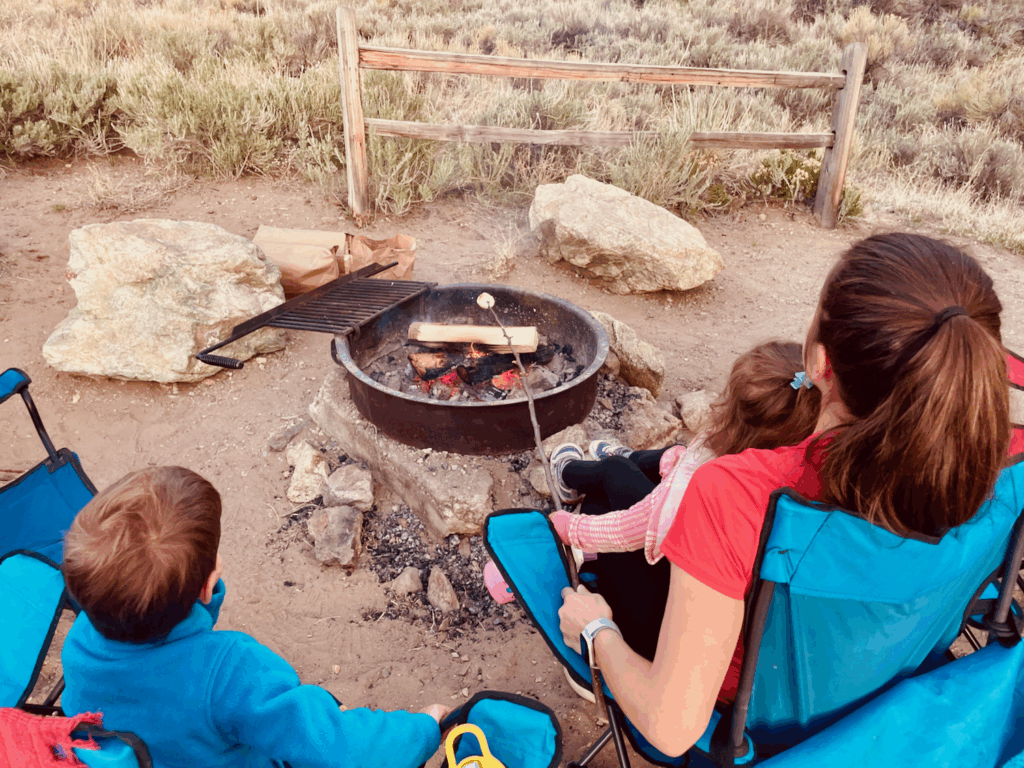
How Long to Stay
If this will be your first time camping with kids, I think 2-3 nights is a good length. Especially if it is your first time camping as well. Camping involves a lot of packing and setup that may not feel entirely worth it if you are only staying one night. But 2-3 nights is short enough that you can push through if everyone is not getting great sleep.
I also recommend that you camp somewhere somewhat close to home. Maybe within a couple hours? If a major storm or prolonged wet weather rolls through, or for some other reason you decide to abandon ship and head home early, it is nice to know you aren’t far from home. There is nothing wrong with starting short and close to home when figuring out how to camp with kids.
Gear
There is so much cool camping gear you can buy. But all you really need are the following sleeping and cooking items (I have also listed some “nice-to-haves”):
Sleeping Gear
- Tent
- Sleeping bags
- Do some research into the temperature ratings of whichever sleeping bags you bring. The minimum temperature that a sleeping bag is rated may be the temperature that a man will find comfortable. A woman or child may need additional layers. Sometimes the lowest temperature is the “survival” or “extreme” rating. At that temperature, you will likely be uncomfortable. If temperatures will be approaching the lower end of the range, consider bringing additional blanket layers. These wool blankets work quite well. When drive-in camping you have the flexibility to bring a lot of extra blankets.
- If you have a toddler who may not be ready to sleep in their own sleeping bag, consider a sleeping bag like this one that can zip together with another sleeping bag to make a double-wide sleeping bag.
- Pillows
- We just bring the pillows from everyone’s beds
- Flashlights
Cooking Gear
- Cooler
- little tip: freeze water in half-gallon milk jugs. Large chunks of solid ice stay frozen longer than ice cubes or smaller ice packs. And once the ice melts, you can drink the water (assuming the jug was cleaned well).
- Camp stove with extra propane and some old pans
- Matches or lighters
- Plates
- Utensils
- Cutting board
- Knives
- I transport knives wrapped in kitchen towels to avoid any accidental injuries and to have some towels if needed.
- Spatula
- Spoon to stir
- Can opener
- Cheese grater
- Refillable water jug
- Water Bottles instead of cups
- Wash bin
- Dish soap and sponge
- Table cloth
- Paper towels
- Hand sanitizer
Nice to Have Gear
- Air mattresses
- if it comes with an electric pump, you may need a car adapter to inflate the mattress.
- Sleeping cots
- There are some pretty compact options on the market these days.
- Sleeping mat/pad
- A more basic sleep solution that will provide some padding against the rocks and roots on the ground. You can also lay old thick blankets or extra sleeping bags down for added cushion and warmth.
- Portable potty
- The bathrooms may be a bit of a walk from your campsite, so portable potties are handy for a potty-training child’s emergency bathroom situations. They are also helpful to have in your tent if your young child is not wanting to go out in the dark (and possibly the cold) to get to the restroom in the middle of the night.
- Canopy
- These are great for creating shade and sheltering your picnic and cooking supplies from any rain.
- Camping chairs
- Lantern (battery operated)
- Lanterns will illuminate a space more uniformly than a flashlight and are great for nighttime games at the picnic table or lighting up your tent during the bedtime routine. Flashlights are still useful for the walk to the bathroom or spotlighting.
- Portable cell phone charger
- I like to disconnect from technology when I have the wilderness as my excuse. But if you do need to stay charged up and reachable for some reason or another, find a good portable cell phone charger because you most likely won’t have electricity at your campsite.
Figuring out how to camp without electricity is easier than you might think. Especially if you go into it expecting that you will be off-grid for the duration of your trip. Portable battery packs work well to keep your cell phone charged if that is important to you. But most camping gear anticipates that you won’t have a reliable source of electricity. I encourage you to take the opportunity to disconnect a bit and enjoy the great outdoors and time with your family.
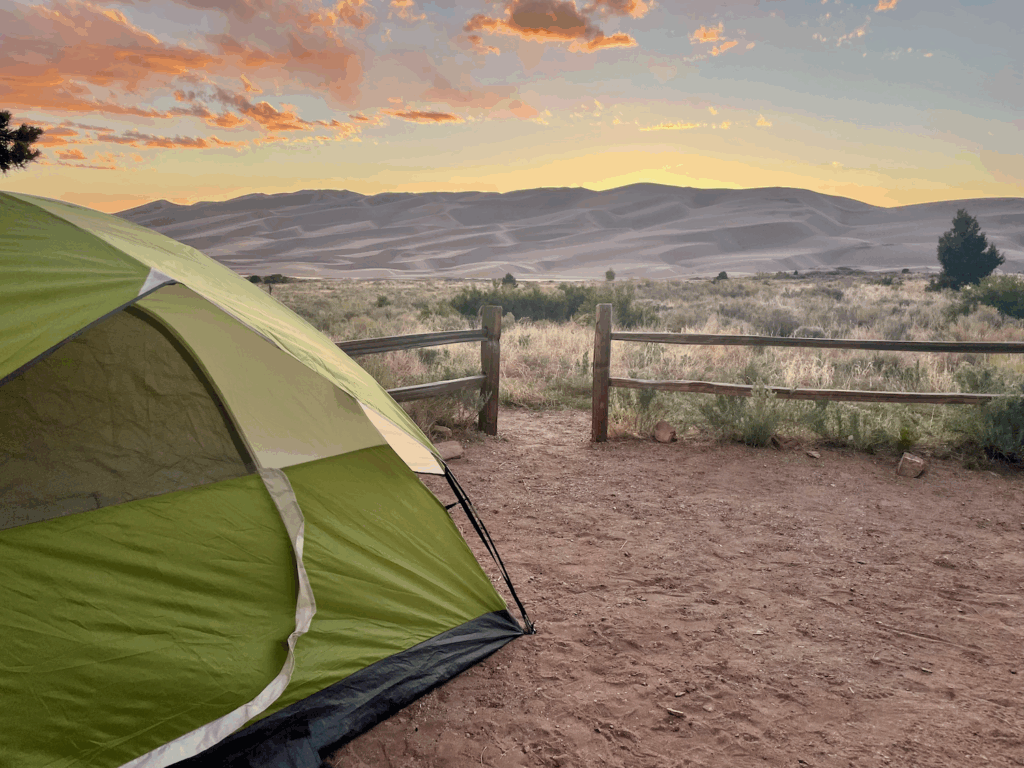
What Clothes and Toiletries to Pack
Clothes
The key to a successful camping trip with kids is keeping everyone comfortable – not too hot and not too cold. Once you get cold or wet, it can be hard to warm up and dry out. I recommend bringing a lot of layers that you can pile on or peel off as the temperature changes throughout the day and night.
If it is chilly, I also recommend having everyone sleep in the clothes that they will wear in the morning until it warms up. This is not the trip to pack cute pajama sets. Climbing out of your cozy sleeping bag and changing clothes in a cold tent is not a fun experience. So leave the cute pajamas at home and sleep in some long underwear or marino wool base layers. For women, that may also mean finding a comfortable sleeping bra that you can wear in the morning around the campsite as your prep breakfast. You can have some sweatpants and a jacket handy to throw over the base layers when you leave your tent.
Depending on the time of year and climate, these are clothing items I would consider bringing:
- Plenty of underwear
- Socks (wool socks, hiking socks, light-weight socks)
- Long underwear/base layers
- Dark colored tops and pants or pieces you don’t mind getting dirty (you will get dirtier camping!)
- Especially tops with breathable fabrics like cotton or athletic-wear that will remain comfortable as the day heats up
- Long-sleeve, in-between layer (like a quarter-zip performance pullover or flannel button-up)
- Fleece jacket
- Rain jacket
- Winter hat
- Gloves/mittens
- Sun hat
- Sunglasses
- Outdoor shoes
- Water shoes
- Activity specific clothes (swimsuits, hiking clothes, biking clothes, etc.)
Toiletries
I like to keep the toiletries simple when I am camping. Here are some things you may want to bring:
- Toothbrush
- Toothpaste
- Prescriptions/vitamins
- Sunscreen
- More than you would normally need. You will be outside all day.
- Lotion
- Chapstick
- If you are camping at altitude or have been out in the sun all day, your lips may dry out. On a recent camping trip my lips were so chapped that in the night I fumbled around in my bag for some chapstick but all I found was bright red lipstick that I had left in a zipper pocket of my belt bag. Desperate for anything to moisten my cracking lips, I put on the bright red lipstick and went back to bed.
- Makeup
- If you feel your best self with makeup on, keep the routine simple. I like MERIT for its simplicity and packability.
- Makeup wipes may be helpful depending on the campground’s water situation.
- Dry shampoo
- Even if there are showers, you may not want to wash your hair if nights are getting cold.
- Shampoo, conditioner, and body soap if there are showers.
- Make sure to bring coins and dollar bills for showers if they aren’t free.
- I also recommend bringing shower shoes

What Food to Bring
Vegetarian meals are the easiest to keep fresh. If you do bring meat, plan to eat that at the beginning of the trip to avoid spoilage. I like to pack my meat frozen so it holds longer and can help keep other food cold as well.
Often, a warm breakfast really hits the spot on a chilly morning. I like to heat up the camp stove for breakfast and dinner (that is also when you may want some hot water for coffee, tea, or hot cocoa) but do something more grab-and-go for lunch. Here are my favorite foods to cook/pack when camping:
Breakfast
- Pancakes
- Eggs and bacon
- Oatmeal – mix in some nuts and dried fruit to keep you full longer
Lunch
- Sandwiches
- Bagels with cream cheese
- Yogurt cups (simple and no dirty dishes)
Dinner
- Chili
- Spaghetti
- Fajitas
- Hot dogs and burgers
Dessert
- S’more materials if campfires are permitted
- Brownies, cookies, blondies, or other easily packable bake-ahead desserts
Beverages
- Hot cocoa
- Tea
- Coffee
Snacks
- Zucchini bread or muffins
- Nuts
- Dried fruit
- Fruit that is easy to eat and store- apples, oranges, grapes, bananas, etc.
- Vegetables – Pre-washed and bite-sized, such as baby carrots, cherry tomatoes, mini bell peppers, cucumbers, celery, etc.
- Hummus and pita or pretzels
- Cheese sticks
How to Camp with a Baby
Camping with a baby is doable. My parents took my siblings and me on many camping trips, some more remote than others, with babies in tow.
One thing to consider is how you will entertain a non-walker. For tummy time on the go, the Matador Pocket Blanket (sold at REI) is wonderful!
If your baby is mobile but not yet walking, they will quickly get filthy rolling around in the dirt. Consider bringing a pack ‘n play for them to play in under some shade during the day (you can find them second-hand if you don’t want to get your home one dirty). The pack-n-play can also double as a nap space if the tent is too warm mid-day.
As for supplies, make sure to bring extra baby wipes – you will likely use more than you normally do. And a lot of baby sunscreen, hats, and light, long-sleeve layers as well. Your baby will get so much more sun being outdoors all day.
For night time, if you don’t have room for a pack ‘n play in your tent, consider bringing your stroller’s bassinet attachment. We love the Bumbleride strollers for all our outdoor adventures. The Bumbelride bassinet has worked great for us when traveling. If your stroller does not have a bassinet attachment, we have used the super compact Baby Delight Snuggle Nest Bassinet for travel as well.
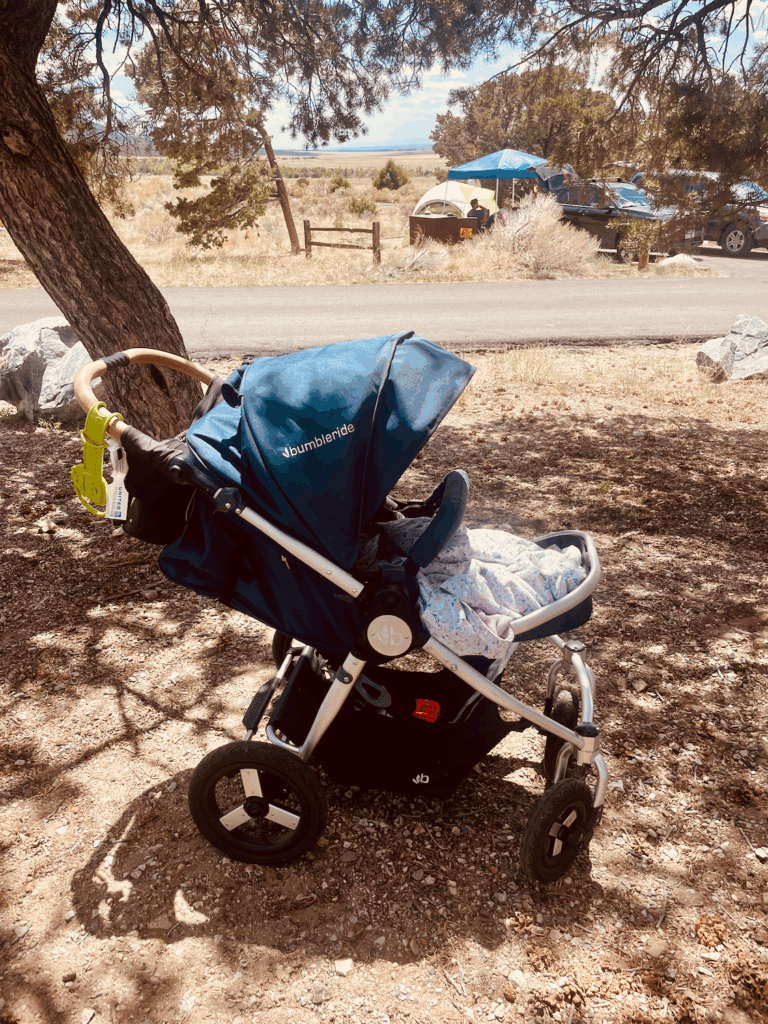
How to Camp with a Toddler
Camping can be a ton of fun for a toddler. But there may also be quite a bit of down time at the campsite while you set up camp, cook, etc. If your toddler is content to wander around or join in with the work, that’s great. But campsites are often not very big and are usually near a road if they are drive-ins, so you may want to bring some activities to keep your toddlers entertained.
Toys
Think of things that can get dirty or will wash easily.
- Toy trucks and cars to roll in the dirt
- Miniature dinosaurs or other figurine toys
- Basic coloring supplies
- Scooters/bikes
- Mega Bloks or Legos (basic pieces in a plastic bin with a lid)
Bedtime
If you are camping in the summer, it will likely be light in the tent at bedtime. The light plus being in the tent with the rest of the family can make it difficult to get a toddler to sleep.
I recommend mimicking your toddler’s normal bedtime routine as much as possible. If they have a favorite book, maybe bring that to read at bedtime. Sing songs.
For my toddler, getting into a sleep sack is the signal that it is time to sleep. If my toddler’s legs are left free to squirm and toddle around, sleep will not happen. So even if my toddler is sleeping in my sleeping bag with me, I will bring a sleep sack as well. Consider other items they may need in order to fall asleep, like sound machines, pacifiers, a lovey, etc.
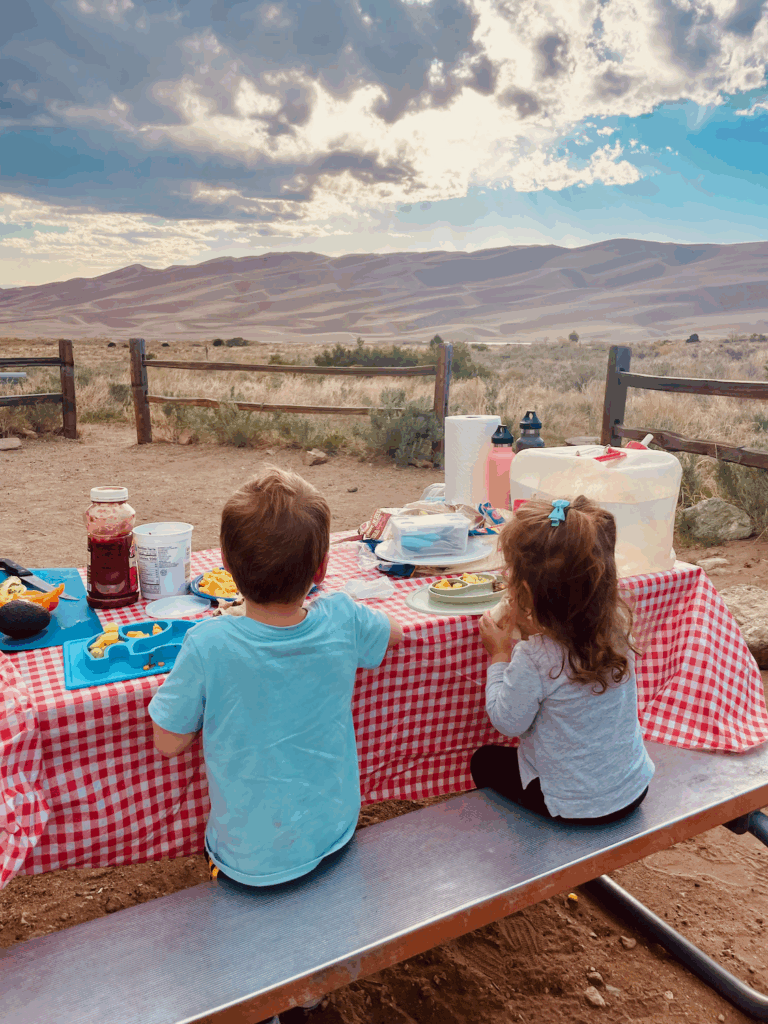
Top Tips on How to Camp With Kids
- Don’t leave food out!
- Any food left out will attract animals and bugs. Always lock food away in your car or in a bear locker.
- The tent can be hot for nap time. Consider bringing an all-terrain stroller or pack ‘n play that you can put in the shade for an open-air nap.
- Pack plenty of clothes and layers
- I’m usually a minimalist when packing clothes, but I recommend over-packing a bit for a drive-in camping trip. Campsites tend to be dusty and clothes get so much dirtier when camping. If your kids get their clothes or shoes wet, it may be harder to dry them out.
- Keep meals simple.
- Simple does not have to be boring though. Just-add-water pancake mix, frozen homemade chili, s’mores. Something about the outdoors makes even simple food taste better.
- Bring some toys/activities for downtime around the campsite
A Word of Encouragement
Camping is hard. Camping with kids is even harder. But it is also refreshing and in some ways energizing. Fresh air and time away in the screen free outdoors is good for the whole family! Without the distractions of every-day life, you will gain precious bonding time around the table and at the campfire. Your kids will also learn new skills and see that they are capable of doing tough things.
I love watching my kids’ creativity and sense of adventure come to life as they gather sticks and pine cones, play in the dirt, and witness wildlife out in nature. This wholesome time together is sure to create memories. Some that you will look back at very fondly and some that you can hopefully laugh about later!
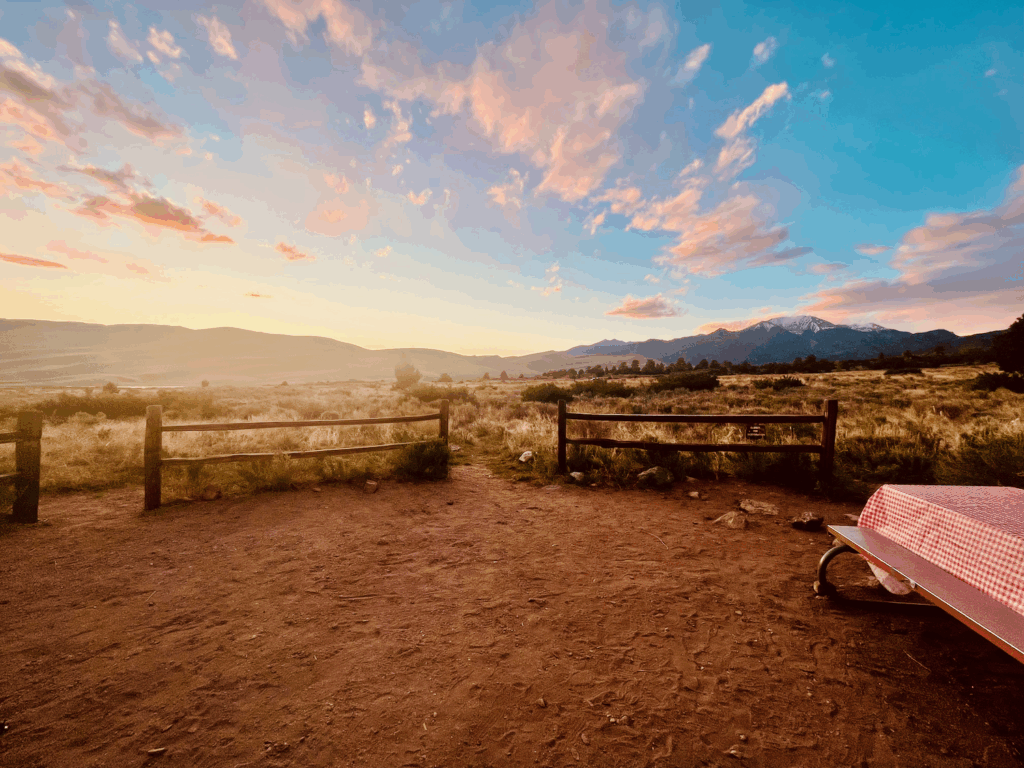
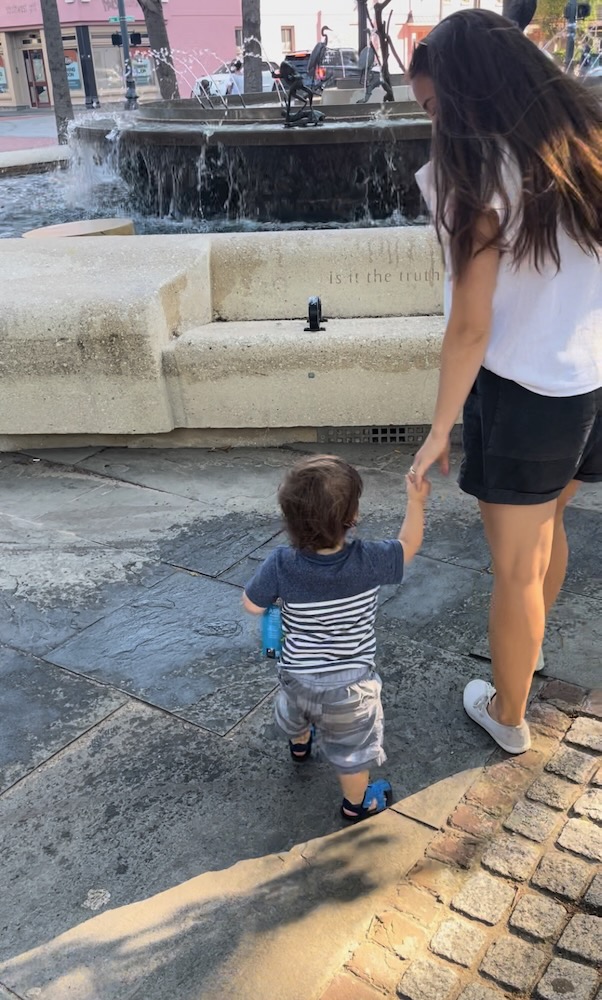
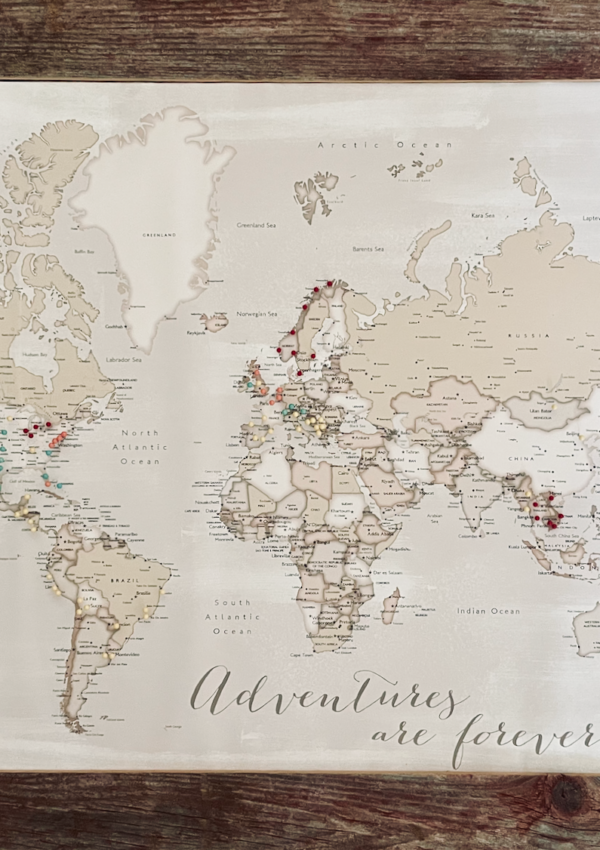
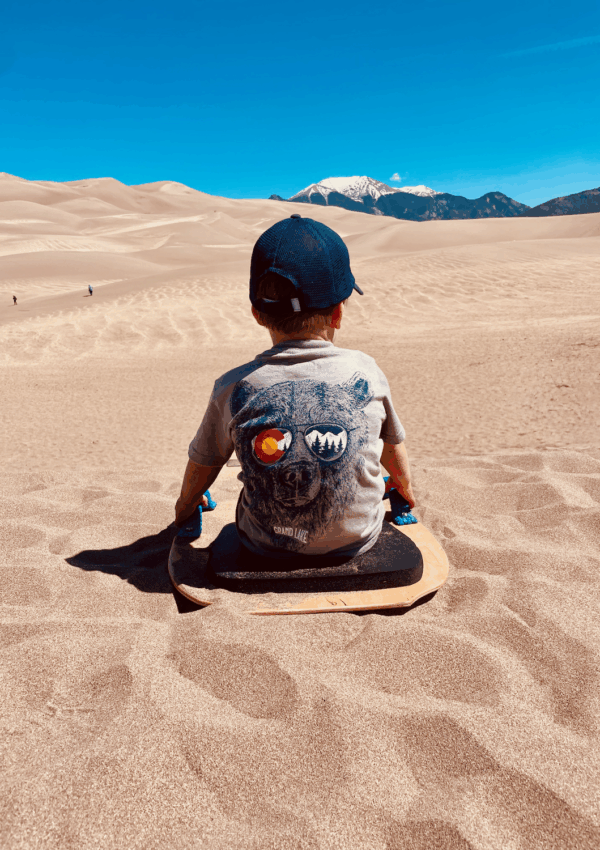
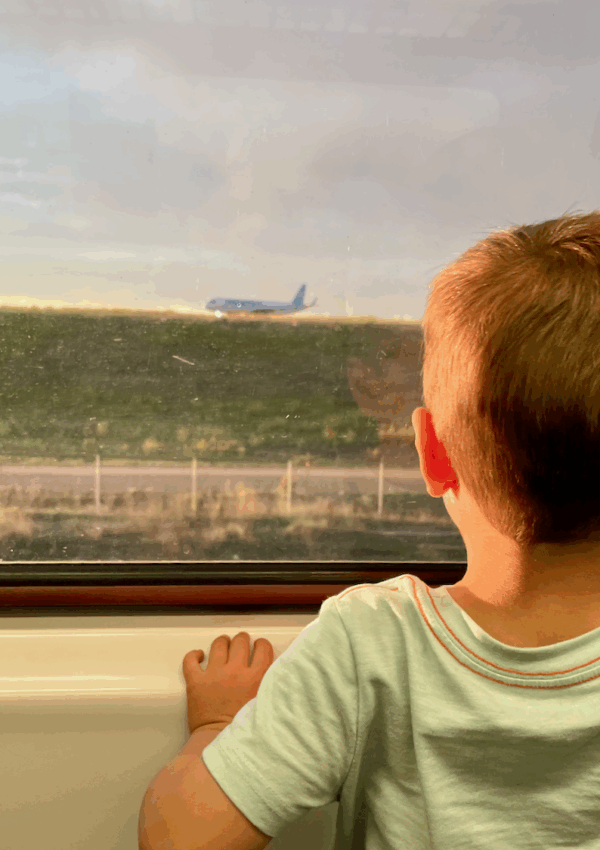

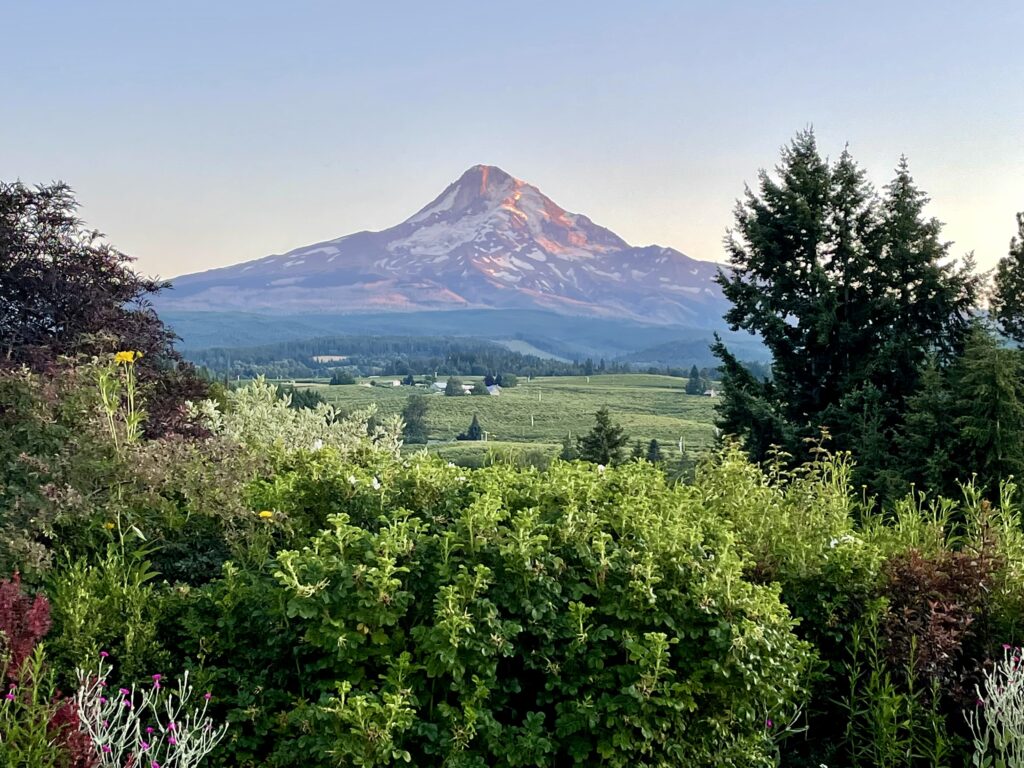
Leave a Reply